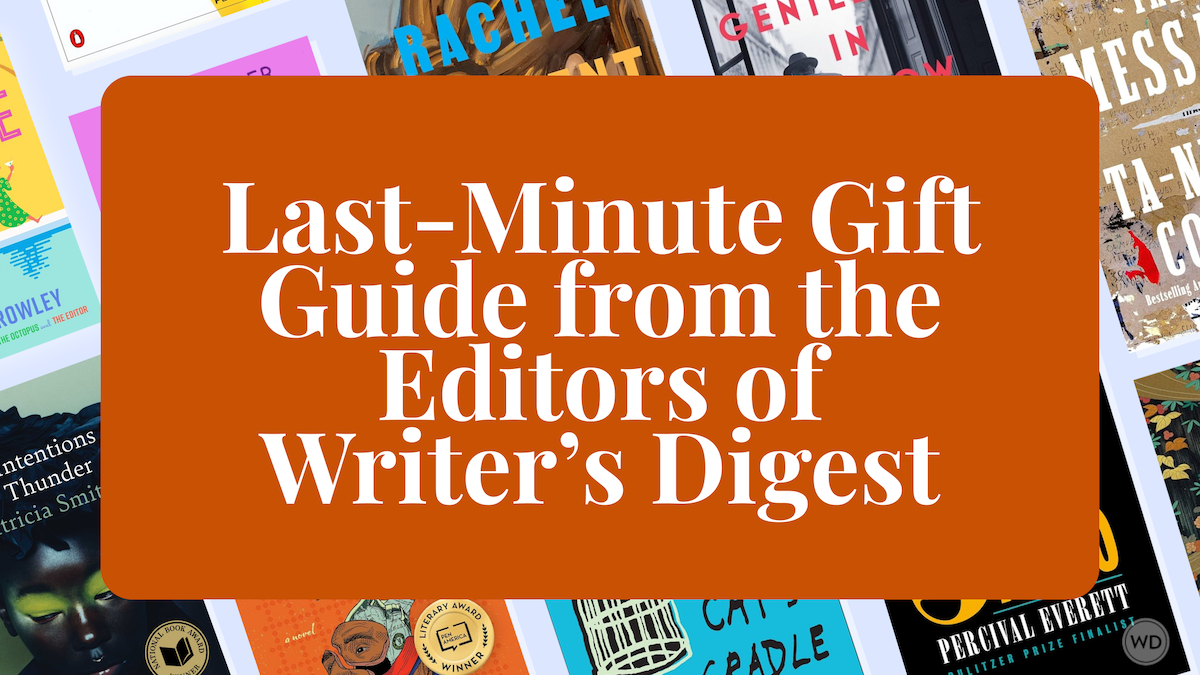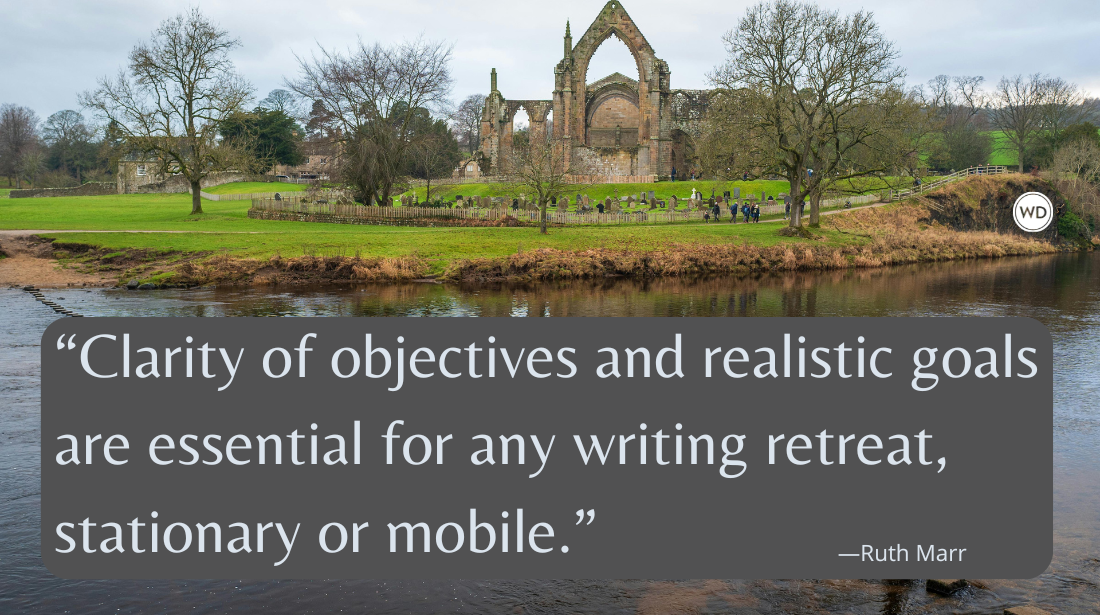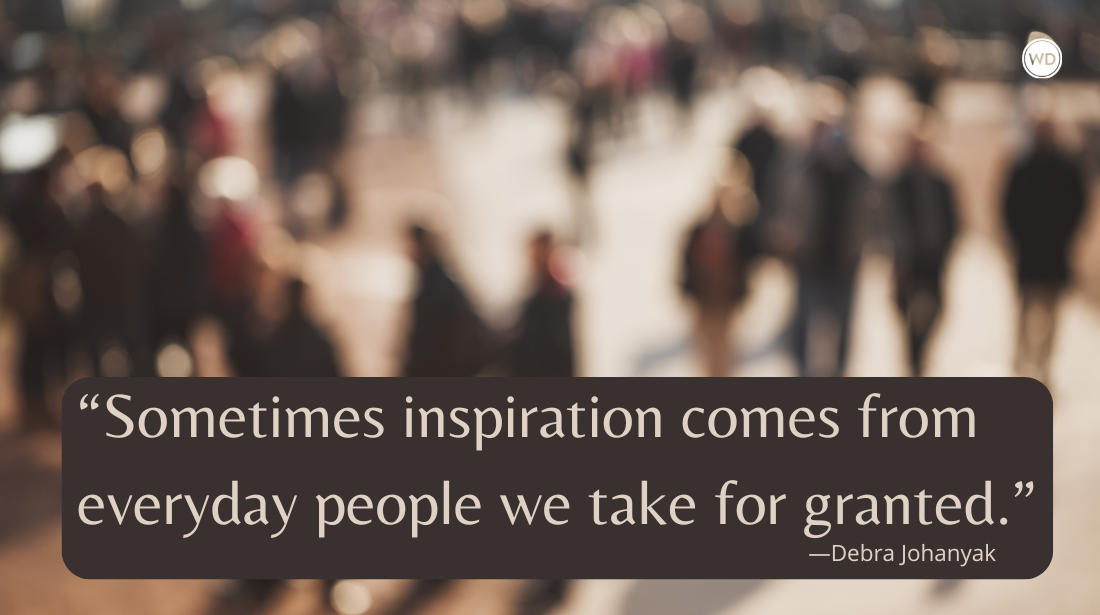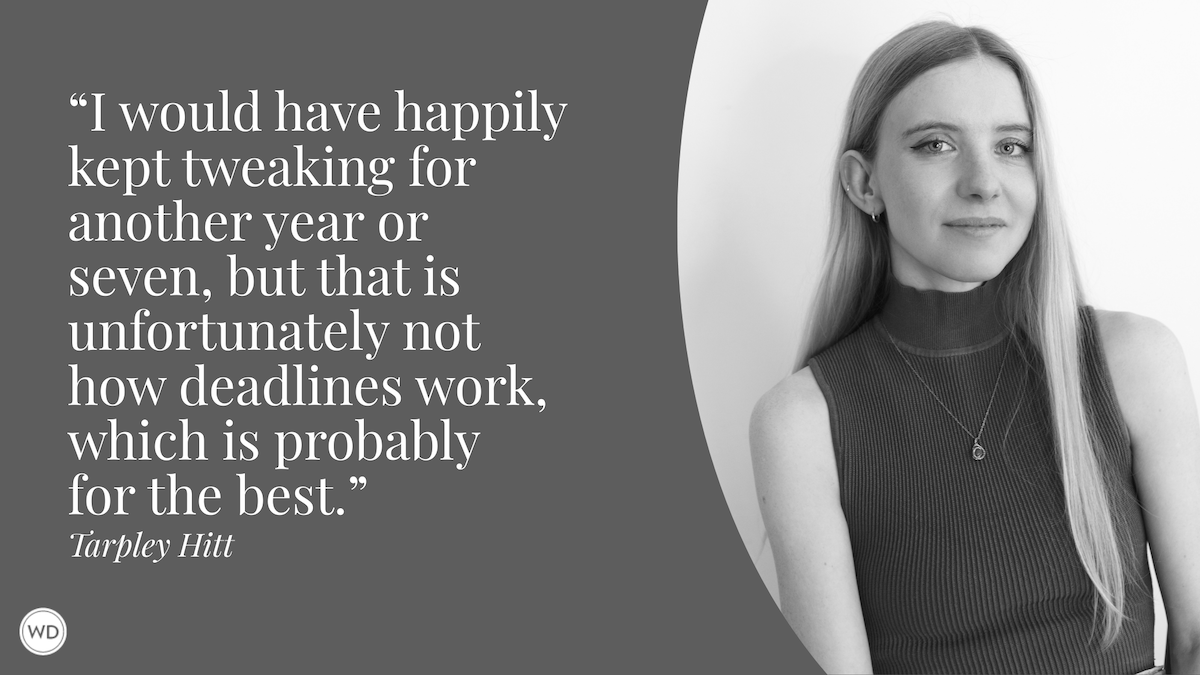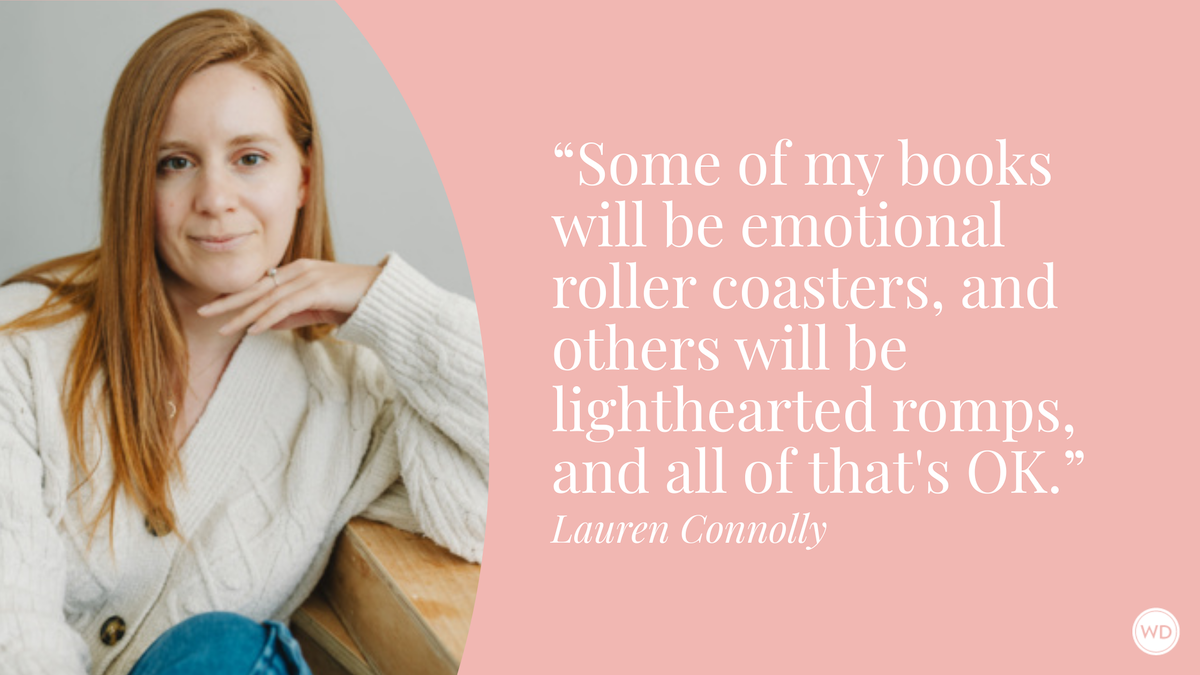Second Opinions: The Importance of Beta Readers for Authors
In this article from the March/April 2022 issue of Writer’s Digest, author Whitney Hill discusses the basics of beta reading, finding a beta reader, and getting the most out of feedback.
While we may see those images of a solo writer in a coffee shop or room, the truth is that no book is a solo endeavor. One of the most important parts of the writing process is getting feedback on an early draft.
That’s where a solid beta reader comes in.
The Importance of a Second Opinion
It’s easy to get lost in our own heads when we’re writing. Things make sense to us as the writer because it’s all immediate to us. But just like conversations can be jumbled when the words and feelings inside us are spoken aloud, so can stories.
Beta readers are the people who help work through that jumble on an early draft. Not the zero or first draft—that’s for you to figure out what story you’re telling. Once you’ve done an initial review and revision, a beta reader can provide feedback about whether you’re on the right track. They approach and respond to your work as a reader first, not as a writer.
This early review is important to help you, the writer, gain perspective. It’s an opportunity to see if the plot and emotional points land the way you want them to, whether the story is engaging, and what didn’t make sense.
It’s also a milestone to draw a line under drafting, especially if you’re someone who has rewritten draft after draft and doesn’t know what to do next. External feedback is key!
Before continuing, we should define what a beta reader is not:
- An editor
- A proofreader
- A sensitivity or cultural accuracy reader
- A critique partner (CP)
While some of the people offering those services may also do beta reading, you shouldn’t expect to receive editing or cultural reviews as part of a default beta read. You also shouldn’t necessarily expect targeted tips on how to fix things, like a CP might offer.
A beta reader is also not the last stage in your review process. Depending on your needs and publishing path, you may want to send your work for further review and editing before publication.
Getting Connected
Finding beta readers can be a challenge. Many writers turn to the #WritingCommunity on Twitter or elsewhere to find other writers to beta read their work. They might agree to a swap or other exchange for the time put into the reading and feedback. Beyond finding a beta reader, there may be additional challenges like slow turnaround times, genre mismatches, or the quality of the feedback received.
If you can afford it, one of the ways to add structure to the beta reading process is to pay for it as a service. Platforms like Fiverr can help you find and secure beta reading services, and you can check for things like genres read, feedback given, turnaround time, and reviews. For self-publishers trying to set a regular publishing schedule, this can be a good option to make sure you get quality feedback without missing deadlines.
For those wanting more structure without the upfront costs, the BetaBooks platform offers a mix of free and paid services.
What to Look for in a Beta Reader
Generally, it’s a good idea to look beyond friends and family to ensure more objective feedback. And while everyone is potentially a reader, that doesn’t mean everyone is potentially a good beta reader. Giving feedback requires empathy and a balance between critique and encouragement which will vary by the reader and the writer.
To start, think about how you receive feedback best. Do you need tough love or the compliment sandwich? Are you someone who needs to hear feedback or read it? Understanding this helps you find a beta reader who’s a match for you and sets you up to receive the feedback better.
Next, look for someone who reads (and loves!) the genre you write and who represents your target audience (this might require some market research). If you’re coming from a marginalized background or writing about sensitive topics, you might also consider checking whether a prospective beta reader either has similar experience or has demonstrated open-mindedness and empathy in online spaces.
Finally, be clear up front about needs, expectations, and deadlines.
Getting the Most Out of Beta Feedback
So, how else can you prepare in advance to get the best possible feedback? As with many things in life, it helps to know what you want before getting started.
Think about where you struggle with craft skills (like characterization, dialogue, world-building, setting, plotting, pacing, etc.) and outline a few questions for those. Then think about where you consider yourself strong, and cover some of those as well.
Example questions you might send with your manuscript include:
- Is there any point where they’d quit reading the book? If yes, why?
- Reaction to the characters: Were they believable and fully fleshed-out? Did their motives make sense?
- Plot concerns: Were there any glaring plot holes? Did they end the book with questions that should have been answered earlier?
- Ending: Was it satisfying? If the book is a part of a series, does it make them want to read the next book?
Don't forget genre-specific questions as well.
Content warnings can also help. Far from giving away the plot, content warnings demonstrate respect for a reader’s time and sensibilities. They also ensure the feedback you receive is focused more on the story as a whole, rather than on a potentially objectionable section that elicits a strong reaction from the reader.
Lastly, prepare yourself mentally. Getting early feedback can be stressful for some.
Processing the Feedback
Once you’ve gotten your feedback, breathe.
The first thing to remember is that most of the time, feedback isn’t personal. Just like the things people say in our daily lives are often a reflection of them, their experiences, and the things they’re dealing with, beta reader feedback can be the same.
It can be especially tough if you’re called out for something harmful or insensitive in your writing—and this can happen despite the best of intentions and effort to learn! In this event, pause to consider where there might be gaps in your knowledge. And if you’re writing about something personal to you, remember that not everyone with similar backgrounds shares the exact same experiences.
Whether good or bad, it’s easy to take feedback to heart. Staying objective is important to improving as a writer. If there’s something that needs work, make a plan to shore it up in this story—and also to develop your skills for the next. If something is called out as great, are you able to reverse-engineer that or find a way to improve it further for future work?
The goal with feedback throughout the writing process is to understand where the vision has fallen short on delivery. It’s up to you as the writer to take or leave what’s offered.
You’ll also need to decide what to do about conflicting feedback if you engage with more than one beta reader. Again, bring it back to your goals. Which piece of feedback is more in line with the goal?
*****
Sharing your work with beta readers is the first step to sharing it with the world. Understanding what a beta reader is, where to find them, and your goals for engaging with beta readers can help you make the most of the experience. Now, go get some good feedback.
Whitney Hill (WhitneyHillWrites.com) is the author of the Shadows of Otherside fantasy series and the Otherside Heat paranormal romance series. Her first book, Elemental, was the grand prize winner of the 8th Annual WD Self-Published E-Book Awards. Her second book, Eldritch Sparks, was one of Kirkus Reviews’ Top 100 Indie Books of 2021. You can find Whitney hiking in state parks or on Twitter and Instagram @write_wherever.




